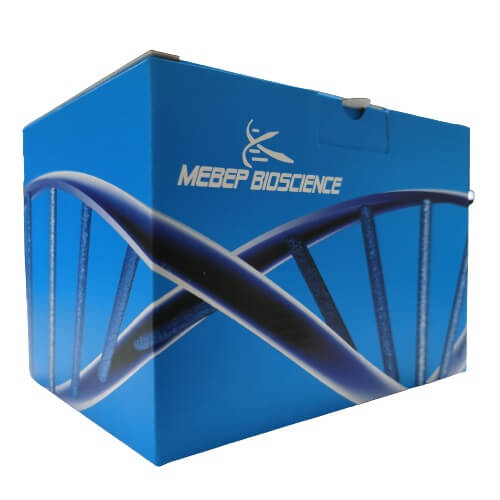
High Pure Plasmid Mid Scale Mini Kit
2024-12-17
BAC/PAC Large Scale Plasmid Extraction Kit
2024-12-17Product Number: PLK1901
Shipping and Storage
- RNase A is stored in a ready to use glycerol buffer and transported at room temperature. Upon receipt, it should be stored at room temperature not exceeding 25℃ for at least 6 months, at 4℃ for 12 months, and for long-term storage at -20℃.
- When using for the first time, add all RNase A carried by the reagent kit to Buffer YP1 (final concentration 100μg/ml) and store at 4℃. If RNase A is inactivated in Buffer YP1, the extracted plasmid may contain trace amounts of RNA residue. Adding RNase A to Buffer YP1 is sufficient.
- When the ambient temperature is low, SDS in Buffer YP2 may precipitate and become turbid or precipitate. It can be heated in a 37℃ water bath for a few minutes to restore clarity. Do not shake violently to avoid excessive foam formation.
- To avoid volatilization, oxidation, and pH changes caused by prolonged exposure of reagents to the air, each solution should be covered tightly in a timely manner after use.
Components
| Component | Storage | PLK1901 10 Preps |
| RNase A(10mg/ml) | -20℃ | 750µl |
| Lyticase | 4℃ | 1g |
| Buffer YP1 | 4℃ | 75 ml |
| Buffer YP2 | RT | 75 ml |
| Buffer YP3 | RT | 100 ml |
| Buffer PE | RT | 63 ml |
| Buffer WB | RT | 50 ml |
| Buffer EB | RT | 20 ml |
| Adsorption column DC | RT | 10 |
| Collection tube (50ml) | RT | 10 |
Description
This reagent kit uses an improved SDS alkaline lysis method to lyse cells and combines Lyticase specific digestion of yeast cell walls. It can isolate high-purity plasmid DNA from yeast culture medium within 1 hour. After yeast collection, Lyticase is added to remove the cell wall, followed by alkaline lysis of the cells. The silica matrix membrane in the centrifuge adsorption column selectively binds to plasmid DNA in the solution under high salt and low pH conditions. Impurities and other bacterial components are then removed through Buffer PE and Buffer WB. Finally, the pure plasmid DNA is washed off the silica matrix membrane using low salt and high pH Buffer EB.
Features
- The silicon matrix membranes inside the centrifugal adsorption column are all made of Adlai specially designed adsorption membranes, with minimal differences in adsorption capacity between columns and good repeatability. Overcoming the drawback of unstable membrane quality in domestic reagent kits.
- Not fast, convenient, and does not require the use of toxic reagents such as phenol and chloroform, nor does it require ethanol precipitation. The obtained plasmids have high yield and good purity, and can be directly used for various molecular biology experiments such as enzyme digestion, transformation, PCR, in vitro transcription, sequencing, etc.



